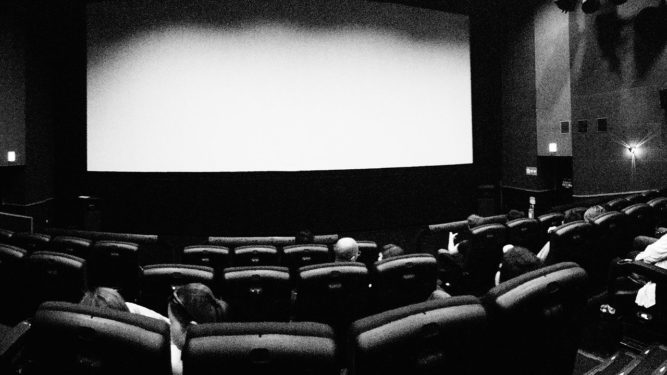M+E Connections

Studio Support Remains Big Question Mark for Screening Room Streaming Service
Story Highlights
Even if Screening Room’s planned streaming service wouldn’t hurt movie theaters as much as some exhibitors may think — as Stifel analyst Benjamin Mogil argued July 13 — one big question remaining for it and other potential third-party services is whether the major Hollywood studios will offer any support.
As of July 14, no major studio had announced plans to support Screening Room. Warner declined to comment on Screening Room, while Disney, Fox, Lionsgate, Paramount Pictures, Sony Pictures and Universal Pictures all didn’t respond to requests for comment. Screening Room also didn’t comment.
Such streaming services “certainly do represent a threat” to exhibitors, “which is why they don’t have a deal with any of the Big 6 studios,” Jeff Bock, senior box office analyst at Exhibitor Relations, said via email July 13. The studios are “adamantly against a streaming service like Screening Room, one that is affordable and attempting to be omnipresent,” he said, adding it’s “just not good business right now for studios who are still in league with theatrical exhibitors, who obviously see SR as a very real threat to their livelihood,” he said.
“There’s a reason studios are staying quiet, and it has everything to do with their partnerships with theatrical exhibitors,” Bock said, predicting that, “until exhibitors are on board with this, it won’t fly in North America.”
Bock stopped short, however, of completely ruling out the success of Screening Room. “Hollywood is always looking for additional revenue streams, so I wouldn’t call Screening Room DOA, but it definitely needs to be rebooted,” he said.
Meanwhile, the biggest question mark about Screening Room for Paul Dergarabedian, senior media analyst at comScore, is whether consumers will be open to paying $150 for a set-top box and then another $50 for each movie rental. Based on polling he’s seen so far, “for most people the answer is no,” he said in a phone interview July 15.
There might be some consumers willing to pay that much for the convenience of seeing a movie at home the same day it opens at theaters, including those people with enough disposable income where the price won’t be a concern or parents with multiple children, where it might very well cost more than $50 for all of them to see a movie theatrically, he said. He pointed out that he knew parents with small children who hadn’t been out to see a movie at a theater in years. But he guessed that most consumers will either find Screening Room too expensive or would just prefer to see a new movie theatrically as they always have, especially if it’s a film that can be seen in 3D or Imax.
If Screening Room lowered the price, then it might not be possible for the company to make a profit off it, he said, noting that the company’s business model reportedly includes a way for not only the studios supplying the movies to make money, but also the theater chains.
If only a small number of consumers become Screening Room customers, then it might not hurt exhibitors that much — especially if they are being compensated, he said. But most exhibitors will still be opposed to Screening Room because they want to keep the traditional window between theatrical release and home viewing intact, he said. Screening Room’s service basically “throws windows out the window,” he said.
Although the studios have been mum publicly on Screening Room, he guessed that they would be less opposed to such a streaming service than the theater owners. The studios, after all, have already experimented with on-demand viewing of movies at home at the same time films are released theatrically. If the studios have any objections to Screening Room, it could just be that they want to run such a service without a third party being involved, Dergarabedian said.









